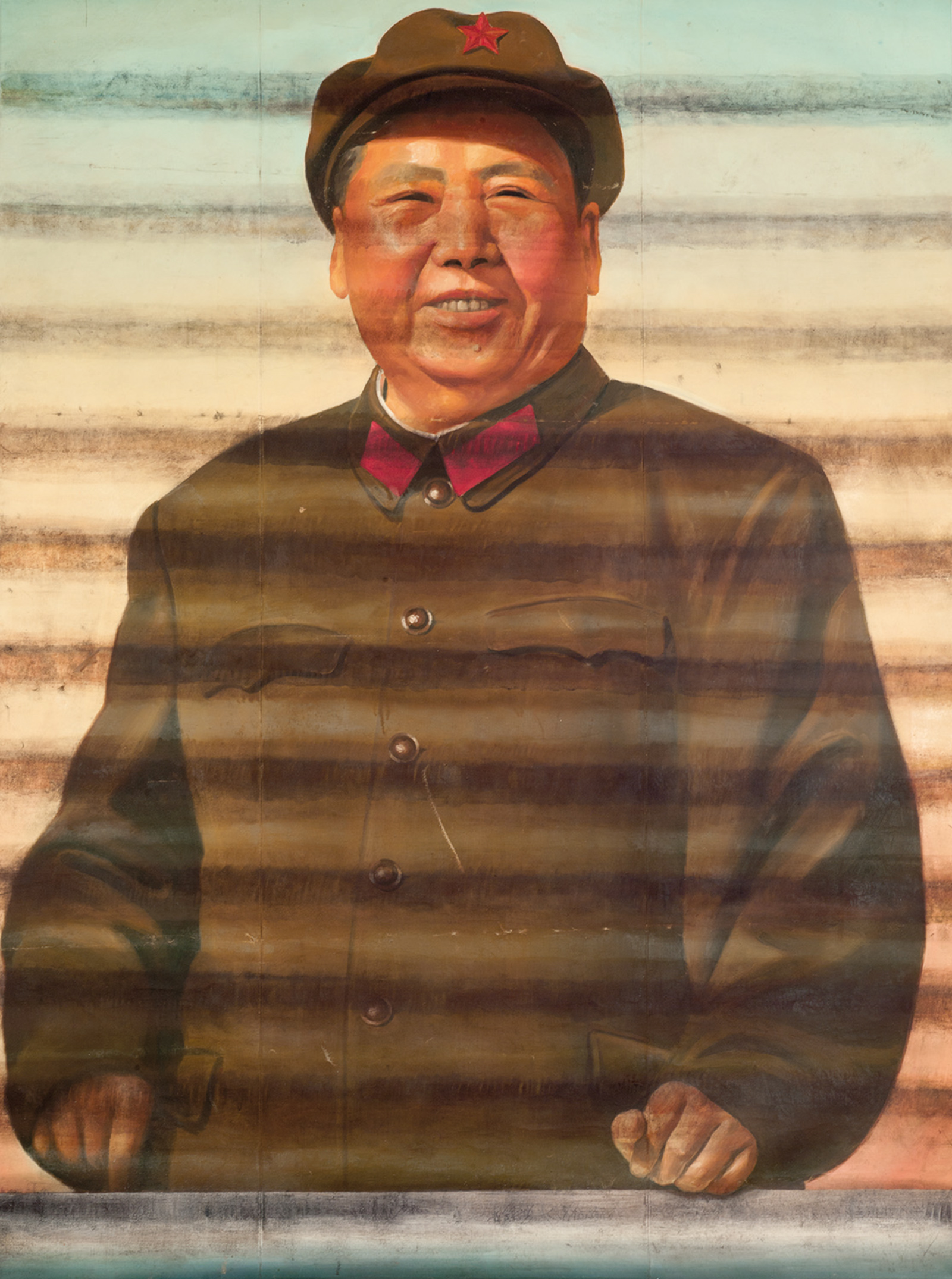James McCormack writes: One of the most prominent questions concerning the global economy today is whether monetary policy is approaching the limit of its effectiveness. Inflation remains well below target in the eurozone and Japan, despite aggressive quantitative easing (QE) and negative policy interest rates, and both the euro and yen have appreciated against the US dollar since the start of the year.
The problem with the debate is that it has focused solely on the effectiveness of policies, without considering the need for prudence. The credibility and independence of monetary authorities are essential to the effectiveness of their policies. And yet some of the proposals being fielded call for central banks to stray further into uncharted territory, expanding and extending their deviation from careful balance-sheet management. This could inflict reputational damage that may be difficult to rectify, with real financial and economic consequences.
Structural reforms to support growth typically have long gestation periods, and the economic dislocations that accompany them reduce their political appeal.
An old idea, first proposed by Milton Friedman in 1969, is making a comeback: “helicopter money.” Advocates envisage central banks creating money and distributing it directly to those who would spend it, resulting in immediate increases in demand and inflation.
The direct funding by central banks of fiscal deficits or purchases of government debt would result in the monetization of fiscal policy. Monetization unambiguously weakens central banks’ balance sheets by adding assets that carry no real value (claims on government that will never be repaid), offset by liabilities (newly created money) generated to acquire them.
Advocates of helicopter money rely on two claims. Some believe that policy can be calibrated to stop short of inflicting meaningful harm, usually because the resulting improvement in economic conditions will obviate the need for continued stimulus. For others, central banks’ balance sheets are not a constraint, because the exclusive ability to create additional unlimited and cost-free liabilities guarantees long-term profitability.
There are problems with both claims. Relying on a calibrated approach counts on stimulus being withdrawn before any evidence of concern over the central bank’s finances appears. But there is no certainty that monetized fiscal spending will spark an economic recovery.
Nor can it be known beforehand that expansionary fiscal policy would be curtailed if economic prospects do not improve. In fact, in the absence of negative public or market commentary on central-bank finances, the fiscal authorities may be tempted to expand their use of cost-free funding in what looks from their perspective very much like the proverbial “free lunch.”
There are also serious reasons to doubt the claim that seigniorage – the profit to central banks from having zero-cost liabilities (and at least some income-generating assets) – would guarantee profitability in the long term. Never in the post-gold standard era has there been greater focus on the limits of monetary policy. This focus could easily turn to the health of central banks’ balance sheets if they continue to expand. The concept of seigniorage is poorly understood outside a relatively small community; it should not be used as the first line of defense.
None of this comes as news to central banks, which attach the utmost importance to their reputation for having robust finances, carefully managing risk, and ensuring the soundness of money. Indeed, the financial prudence that underpins policy credibility and confidence in central banks is ultimately what makes seigniorage possible. Only institutions that are perceived as financially viable can expect their liabilities to be held by others as assets; central banks are no exception.
At stake is the value of money. Helicopter money would transfer risk from governments’ balance sheets to those of central banks, blurring the lines between policies, institutions, and their relative autonomy. Its appeal lies in being able to exploit the unique financial structures of central banks.
At a time of heightened sensitivity to the implementation and effectiveness of monetary policy, it would be a mistake to embark on a path that jeopardizes central banks’ very viability.


